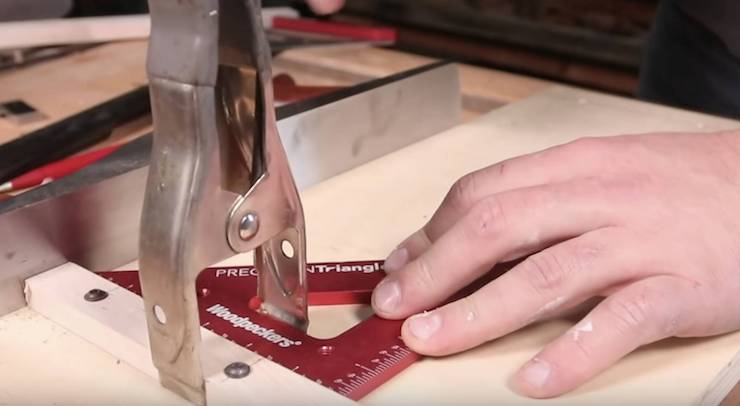Shooting Boards
While prepping some stock this week, I finally had to give up on my shooting board. MDF might not move much, but in my somewhat damp workshop, the MDF in the base of my board has now warped enough, that it is not really possible to get a 90 degree edge any more. I can get close, but I have to finish it up by hand, which defeats the point of a shooting board. (If you are having this problem, check the stock you are shooting is not warped before you build a new board, that can cause the same problem).
For those who have not yet enjoyed using a shooting board. Its a jig used to plane boards square with a 90 degree edge. Usually used on the ends of boards, but if it is built long enough, you can true any side with it. At their simplest, they consist of 3 parts. A lower base, usually a large flat piece of material. I favour MDF or plywood as they are unlikely to warp significantly. An upper base, this is narrower than the lower base, generally made of the same material. The upper base does not reach the right hand side of the lower base. This leaves space for the plane to run on the lower base, along the side of the upper base.
The third piece is the fence. This is mounted on top of the platform and serves two purposes. The fence is at 90 degrees to the channel the plane runs on, so you are guaranteed a 90 degree end to your board when done. Second, it provides backing material to the board being planed, preventing break out as your plane reaches the far edge. The fence is usually made of hardwood. I generally go for beech. I also put a cleat on the bottom so I can use it like a bench hook, no need to clamp the shooting board down on the bench (some people use their shooting boards as bench hooks as well).
The other major use of the board, is to get a work piece to a very precise length. If I’ve just cut two sides for a box. I’ll place one on top of the other, even up the ends on one side so my finger cant feel any difference, and then check the other end. If I can feel a difference in length, I’ll shoot the long piece a little until they match. If your plane can take a 1/1000th of an inch cut, you can get the two pieces to match in length to that degree of precision as well.
Shooting is fun and easy. Even if I cut boards with my mitre saw, they often get a few passes from my shooting board afterwards to clean them up. If I’m about to lay out dovetails, the cleaner surface from shooting is a lot nicer to lay out on.
Novices often look at a shooting board and think “wait, isn’t my plane going to plane away my upper base over time?”. The answer is no. It will remove a little of it during the first use, but the blade of your plane is not as wide as the base. So it will plane to the depth of your cut, and then stop. If you try shooting with a rebate plane, then yes, it will eventually consume the jig. Don’t do that.
Before I go into the details of what I’m considering for my next shooting board, lets talk a little about which plane to use. Just about any bench plane can be used for shooting. Some folk even built mini shooting boards for block and mitre planes. Its nice if the sides of your plane are 90 degrees to the sole, but it is not essential. First of all, you have a lateral. I do recommend having a dedicated plane for your shooting board. Once you have it set up nicely, you just have to grab it and your shooting board and go. If the iron is adjusted to make a straight vertical cut, it does not matter if the sole is not 90 degrees to the sides. Even in extreme cases you can shim the shooting board itself. I extended the life of mine by running some electrical tape down one side of the base board to compensate for the board itself warping. Again, if you use the same plane every time, it does not matter.
The second consideration is the size of plane to use. You can use just about anything, but mass is your friend, particularly when shooting larger hardwood boards. I’ve settled on using a record no. 6. Its a good amount of mass, once you get it moving and the iron sharp, it takes the end grain off just about anything with ease. Some people prefer a 7 or 8. I get a decent enough workout from a 6 when doing a lot of shooting that I think it is the sweet spot for me. I do not camber the irons in my shooting plane. If the shooting board is built correctly, and the plane is sharp enough and has enough mass. There is no benefit.
Lie Nielsen and Veritas both make dedicated shooting planes. I have never used the Lie Nielsen, but I had an opportunity to use the Veritas last November and came away unimpressed. In theory it should be the ideal shooting plane. Low angle, with a skewed blade, perfectly suited to end grain work. In practice, I found it very difficult to keep in the cut due to the position of the rear handle. It is so far away from the frog I found it near impossible to keep the plane in contact with the work piece being shot. I think this plane probably requires a dedicated shooting board, with an outer fence on the channel it runs in, so it cannot move away from the work piece. With a board like that, it probably out performs my favoured no 6. On a shooting board with no outer wall on the channel, the problem was bad enough that I thought the plane was too light. I was shocked when I checked and discovered it is heavier than a no. 6. While I suspect with the right shooting board its the better shooting plane, I do not think its so much better that I’m going to spend the money on one.
The thing I did really like was how comfortable it was to hold. Doing a large amount of shooting with a standard bench plane gets uncomfortable in a hurry. After a lot of humming and hawing over the price tag. I bought a shooting star hotdog handle. This has two big benefits. 1. Its a big hot dog style handle that can be mounted very close to the frog, making it easy to keep the plane in the cut, and very comfortable to work with. 2. It adds over a pound of weight to the plane , and mass is a very good thing in a shooting plane. The combination of the record no 6 and the shooting star handle has removed a purpose made shooting plane from my shopping list.
Back to the shooting boards themselves. First of all, you can you can go classic and ultra fancy and buy the Stanley 51 & 52 shooting board and plane. The Shooting board is cast iron, has a track that perfectly fits the plane so there is no issue with it being forced out as you shoot. Like the modern shooting planes it features a skewed iron. The fence is adjustable meaning it will shoot any angle you please from 45 to 90 degrees. So why don’t I want one? First of all, these now cost a small fortune. Second the frog on the 51 is notoriously fragile, and you are not going to find a replacement if it fails. The board is compatible with the modern shooting planes from Lie Nielsen and Veritas, should you wish to combine the classic board with a modern plane. The handle on the plane is also not adjustable, so if you are left handed, you are out of luck.
You can buy a cheaper modern alternative. Veritas sell a plywood shooting board with an aluminium track and adjustable fence. The fence and track can be purchased separately, so you can build your own board and fit them. For me, this is a no go, my no 6 wont fit in the track which will accommodate planes 2-1/32” to 2-1/4. But I’m certainly considering using their fence.
I’m also might make my next shooting board ramped. By having the rear of the board (the part furthest from the fence) elevated and sloping down past the fence you gain two advantages. First gravity is now on your side as you plane through the piece, but second, if you are using a standard bench plane, the blade is now skewed to the workpiece, giving you similar advantages to a dedicated shooting plane. A nice side effect is that more of the iron gets used to cut, spreading wear and giving you more time between sharpening. The downside is that ramped shooting boards tend to be larger and heavier. I like a long shooting board for use with my no 6, so mine is already plenty heavy and bulky, I’m not sure I want to give up more space and lug more weight to and from my bench.
The adjustable fences of the fancy shooting boards obviously make it easy to shoot mitres. I struggle to think of many scenarios where I would want to shoot an angle that’s not 45 degrees. While these are nice features. I can just clamp a speed square to the fence of my standard shooting board and shoot 45. I like the fancy Veritas fence, but I already have a speed square and a clamp, so those are effectively free…. You can also build donkeys ear attachments to help with mitering operations, but again, not something I will see a lot of use of. See some of the links below for examples.
The end result is that I’m currently thinking of a ramped board, with an outside wall on the channel to keep my no 6 running straight. The Veritas fence, and maybe a layer of melamine on top of the lower channel to give a nice low friction surface for the plane to run on. In practice, I’m probably going to need to do some shooting in a hurry some time soon. Screw two pieces of plywood and a chunk of beech together and get going.
Happy Shooting!
Some useful links
Shooting board build videos
Wood by Wright - https://www.youtube.com/watch?v=6BAWNOi86FQ Rex Kreuger - https://www.youtube.com/watch?v=JbpwDufvzSo Matt Estlea - Ramped - https://www.youtube.com/watch?v=NcVK5wLSPOw Rob Cosman - Mini for block plane - https://www.youtube.com/watch?v=IVrKjjjZ50M Rob Cosman - https://www.youtube.com/watch?v=YyfvygylyJg John Malecki - (speed square trick) - https://www.youtube.com/watch?v=xtDVs4HKPUA Renaissance Woodworker - https://www.renaissancewoodworker.com/shooting-boards-101/
Good Articles
In the Woodshop’s many articles on building shooting boards and reviewing shooting planes (This is a fantastic website, just browse it)
- http://www.inthewoodshop.com/ShopMadeTools/Setting%20Up%20and%20Using%20a%20Shooting%20Board4.html
- http://www.inthewoodshop.com/ShopMadeTools/Advances%20in%20a%20ramped%20shooting%20board.html
- http://www.inthewoodshop.com/ShopMadeTools/ShootingforPerfection.html
- http://www.inthewoodshop.com/ShopMadeTools/ShootingBoardsfortheLNHandtoolEvent.html
- http://www.inthewoodshop.com/ShopMadeTools/GIGANTICSHOOTINGBOARD.html
- http://www.inthewoodshop.com/ShopMadeTools/RunningFencefortheShootingBoard.html
- http://www.inthewoodshop.com/ToolReviews/LVShootingPlane.html
- http://www.inthewoodshop.com/ToolReviews/MoreAboutShootingPlanesandTheirBlades.html
- http://www.inthewoodshop.com/ToolReviews/LN51ShootingPlane.html
- http://www.inthewoodshop.com/Furniture/ShootingPlanesCompared.html
Chris Schwarz on shooting boards - https://blog.lostartpress.com/2012/09/05/a-shooting-board-for-a-simpleton/
How to build a John Malecki style board - https://www.johnmalecki.com/post/how-to-make-a-woodworking-shooting-board
Wood magazine miter shooting board - https://www.woodmagazine.com/woodworking-plans/free/miter-board
Pre-made Shooting Boards
Veritas Shooting Board - https://www.fine-tools.com/stosslade.html Vogt Shooting Board - https://ticovogt.com/?page_id=1605 Bau Woodworks - https://bau-woodworks.com/produkt/shooting-board-pre-order/
Shooting Planes & Accessories
Lie Nielsen Shooting Plane - https://www.lie-nielsen.com/products/no-51-shoot-board-plane- Vertias Shooting Plane - https://www.leevalley.com/en-gb/shop/tools/hand-tools/planes/70926-veritas-right-hand-shooting-plane Shooting star hotdog handle - https://www.workshopheaven.com/shooting-star-attachment-for-handplanes.html Lie Nielsen hotdog handle - https://www.lie-nielsen.com/products/email-subscription-thank-you-hot-dog-for-the-low-angle-jack-plane-?path=handplanes&node=4063
The standard parts of the shooting board.

The wild array of attachments for shooting boards
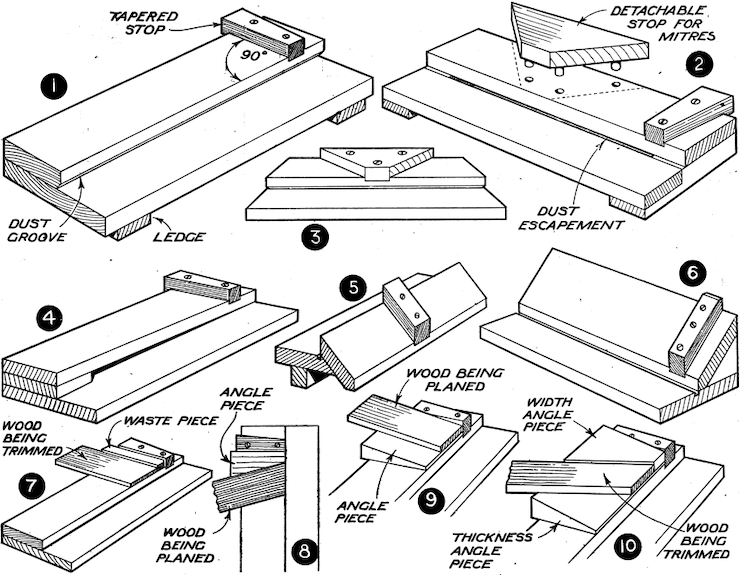
***
The classic Stanley 51 & 52
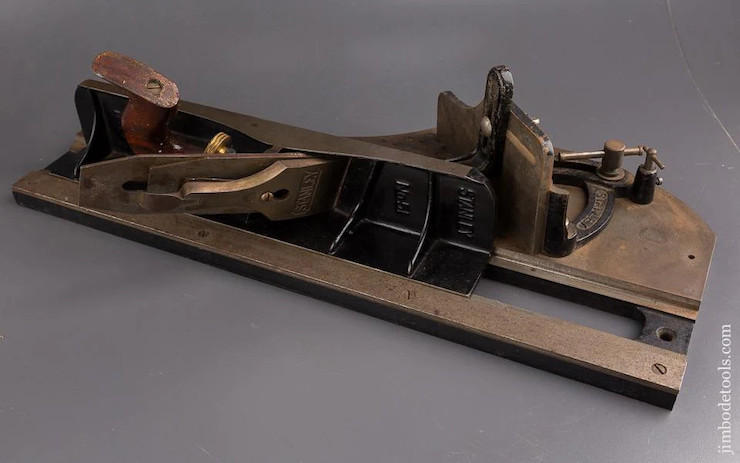
The Veritas shooting board. The hardware is available seperately as well as in a completed board.
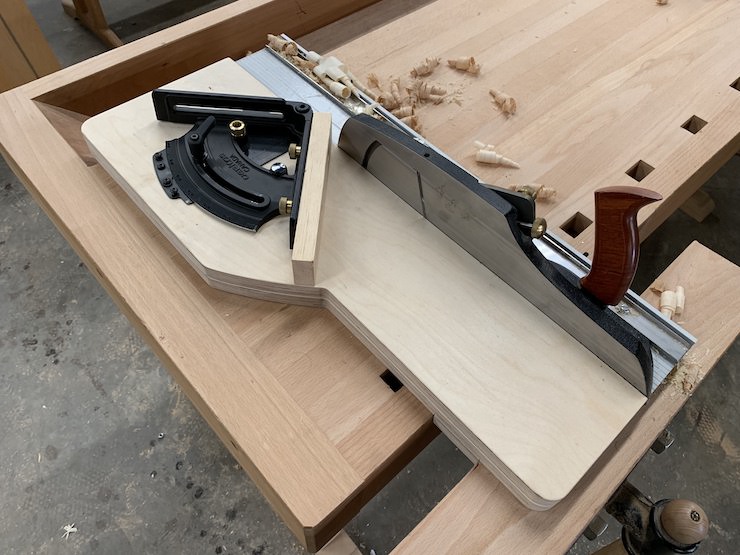
Vogt Shooting Board
https://ticovogt.com/?page_id=1605
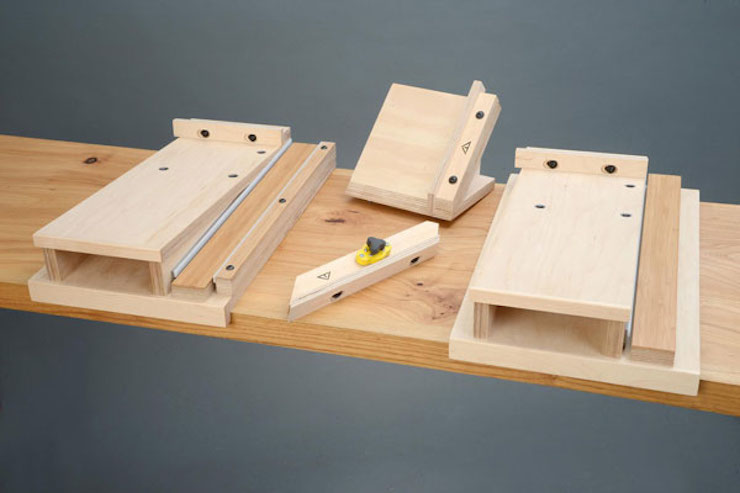
Bau Woodworks Shooting Board- https://bau-woodworks.com/produkt/shooting-board-pre-order/
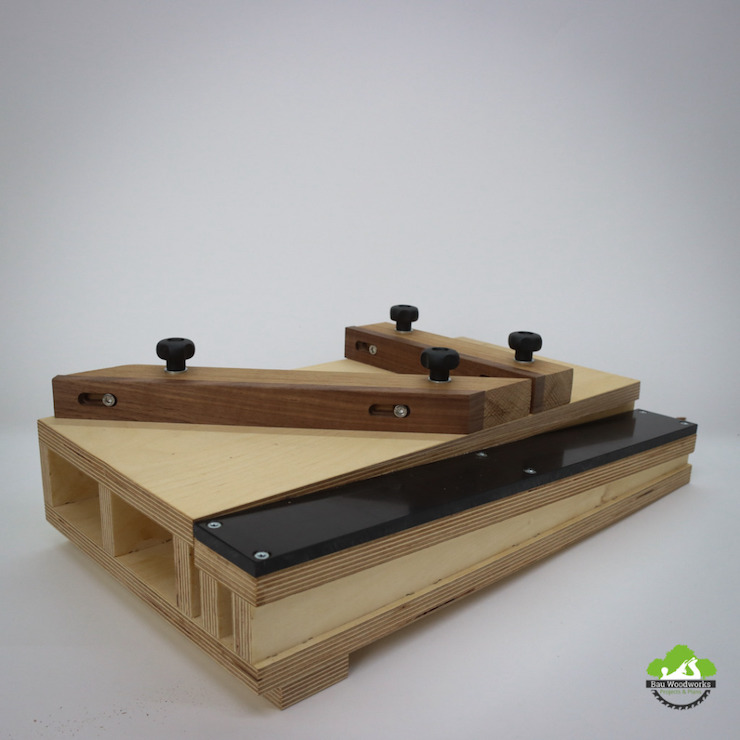
A dedicated Mitre Shooting Board
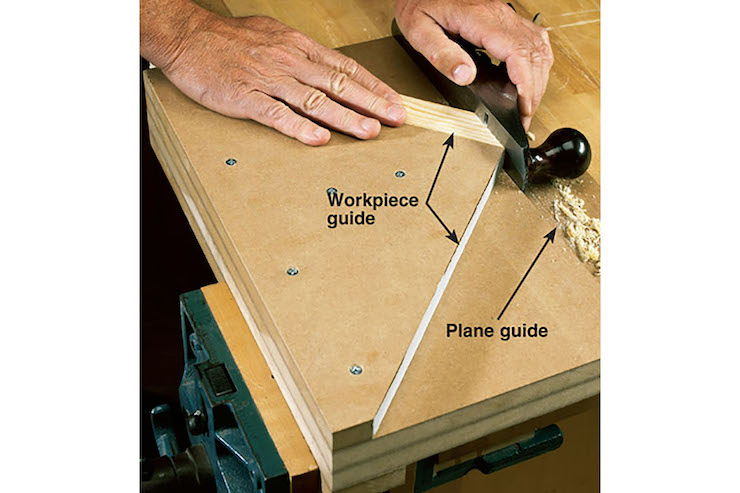
Lie Nielsen Shooting Plane, very like the classic Stanley.
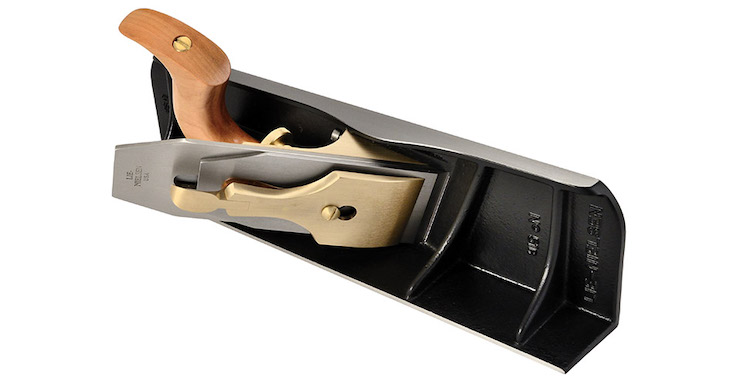
A dedicated Mitre Shooting Board

Watch John Malecki’s video to see how to clamp a square to shoot at 45 degrees https://www.youtube.com/watch?v=xtDVs4HKPUA
